Structural Faults + Repair-2022 and European Bridge Conference-2022
Structural Faults + Repair-2022 and European Bridge Conference-2022
Royal Society of Edinburgh, George Street, Edinburgh, Scotland
20-23 June 2022
Our article:
COMPOSITE DFOS SENSORS AS A NERVOUS SYSTEM OF SMART BRIDGES – EXAMPLES OF LOAD TESTS
Bridges are safety-critical structures with extremely high consequences of failure. Despite the loss of human health and life, these consequences include enormous structural costs and influence on society, transportation, and the environment. Bridge infrastructure is usually designed to be operated for over 100 years, but, obviously, this time will usually be much longer. That is why new solutions are constantly being sought to improve bridges’ reliability and high-quality performance. These improvements concern design procedures, numerical simulations, testing and introduction of new materials or structural solutions and, finally, new measurement technologies for appropriate control, monitoring and maintenance. The last aspect is essential, because it provides new knowledge on structural performance in actual operating conditions over the long term, allowing for a better understanding of the structure. Thanks to that approach, designing procedures and maintenance strategies can be improved. However, the critical aspect is to use high-quality measurement technologies, providing reliable and valuable data.
In recent years, the concept of intelligent bridges equipped with systems based on distributed fibre optic sensors (DFOS) has been strongly developed. In contrast to conventional spot gauges, these sensors allow us to perform measurements of selected physical quantities continuously over the length. This is a real breakthrough in the quality of structural analysis, as direct damage detection is finally possible. Such DFOS-based systems can be compared to the human body’s nervous system, which can inform about any threats and disturbances at any point of the object. In practice, the most commonly measured quantities include strains (stress), cracks, displacements, temperatures or vibrations.
To create a reliable and accurate DFOS-based system, the application of an appropriate optical data logger must be ensured together with monolithic sensors designed especially for civil engineering and geotechnical applications. The article describes the examples of bridges in Poland, which were successfully equipped with distributed fibre optic sensors in the form of short case studies. In all projects, sensors provided data during long term operation and the short term load tests. Example measurement results underlying the benefits coming from distributed sensing approach in terms of the bridge condition assessment are also presented and discussed hereafter.


